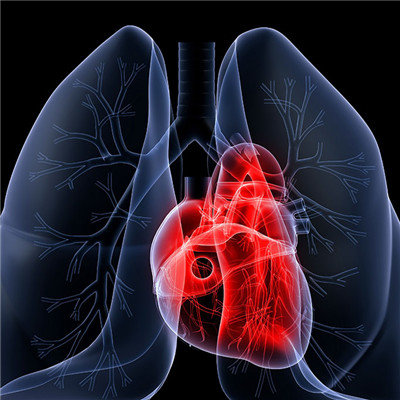How to treat tracheal stenosis?
summary
My friend's child was diagnosed with tracheal stenosis shortly after birth, and both of them were very worried. However, through the doctor's surgical treatment, their children's condition began to gradually improve. The day before yesterday, when I went to visit them, my friend told me a lot about this disease. Now I'll share it with you.
How to treat tracheal stenosis?
In the treatment of tracheostenosis, the main method is to remove the lesion in a circle and perform the opposite end anastomosis. In the case of airway obstruction caused only by granulation tissue, the granulation tissue can be removed by tracheoscope or tracheotomy, and the granulation tissue can be scraped off under direct vision to ensure smooth ventilation.
For the stenosis caused by the long-term compression of the adjacent organ masses and the softening of the tracheal wall, on the basis of relieving the compression, the softened area was fixed with ribs to overcome the stenosis. If the narrow area is too long to be resected and end-to-end anastomosis is not suitable, a tube can be inserted into the trachea and drawn out of the body through the stoma to relieve the tracheal obstruction and ensure smooth breathing.
In infants and children, trachea resection and end-to-end anastomosis should be performed cautiously. Because the tolerance of the tension of the end-to-end anastomosis of the trachea in infants or children is lower than that in adults, and the diameter of the trachea lumen is small and the tolerance of edema is poor, the operation should be delayed as far as possible. In the course of treatment, we should pay attention to anti infection treatment. Infection can aggravate the degree of tracheal obstruction, increase the difficulty of treatment, and also cause the risk of complete tracheal obstruction.
matters needing attention
Patients with the disease are often accompanied by wheezing, cough, phlegm, phlegm easily sticky and other symptoms. If you are engaged in physical activity, you will find that the internal secretion will increase, there will be aggravation, often accompanied by wheezing. If the patient has ever had tracheotomy and intubation, if the above symptoms appear, we should first consider whether it is tracheal scar stenosis.














